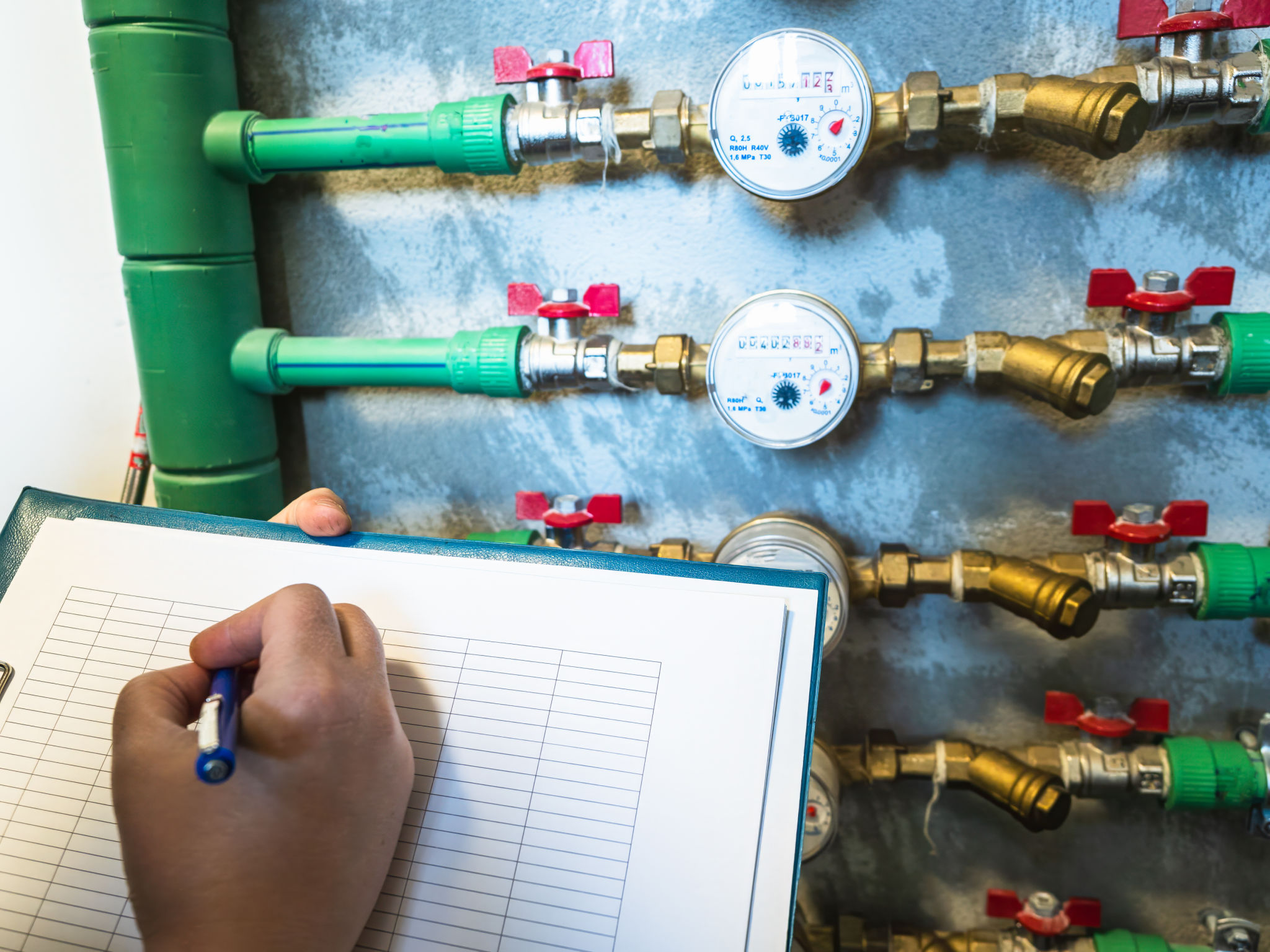Case Study: How Regular Backflow Testing Prevents Water Contamination in San Bernardino
Understanding Backflow and Its Risks
Backflow is the undesirable reversal of water flow in a plumbing system, which can lead to contamination of potable water supplies. This occurs when the pressure in the water distribution system drops, causing contaminated water to flow backward into the clean water supply. Such incidents can pose serious health risks to communities, especially in areas like San Bernardino.
Contaminants may include chemicals, bacteria, and other hazardous materials that can severely affect public health. Therefore, regular backflow testing is crucial to ensure that such risks are minimized and that water remains safe for all residents.

The Importance of Regular Backflow Testing
Regular backflow testing is not just a regulatory requirement but a proactive measure to maintain water safety. In San Bernardino, local authorities emphasize the need for businesses and residential properties to conduct annual backflow testing. This practice helps identify potential vulnerabilities in the system before they become a significant problem.
Testing involves checking backflow prevention devices, which are designed to stop potential contaminants from entering the water supply. Certified professionals typically carry out these inspections, ensuring that all devices function correctly and comply with safety standards.

Case Study: San Bernardino's Success Story
San Bernardino has been a leader in implementing effective backflow prevention strategies. Through a combination of strict regulations and public awareness campaigns, the city has successfully maintained its water quality standards over the years.
One of the key strategies has been partnering with local businesses and property owners to ensure compliance with backflow testing requirements. This collaboration has resulted in a significant decrease in backflow incidents, protecting both public health and the environment.

Steps for Effective Backflow Prevention
San Bernardino's approach can serve as a model for other communities. Here are some critical steps that contribute to effective backflow prevention:
- Regular Testing: Ensure that backflow prevention devices are tested annually by certified professionals.
- Public Education: Increase awareness of the importance of backflow prevention through community outreach programs.
- Strict Compliance: Enforce regulations that mandate routine maintenance and testing of backflow prevention devices.
- Technological Advancements: Invest in modern technology to enhance the effectiveness of backflow prevention systems.
The Role of Property Owners
Property owners play a crucial role in maintaining backflow prevention systems. By understanding their responsibilities and complying with city regulations, they help safeguard the community's water supply. Regular maintenance and prompt repairs of any identified issues can prevent costly damages and ensure compliance with safety standards.
Moreover, property owners are encouraged to work closely with certified testers to ensure that all preventative measures are up-to-date and effective.

Conclusion: A Safer Future Through Prevention
Regular backflow testing is an essential practice that protects public health by preventing water contamination. San Bernardino's success story demonstrates how proactive measures, community collaboration, and strict compliance can lead to safer drinking water.
By following these best practices, other communities can also achieve similar success in maintaining clean and safe water supplies. Ensuring water safety is a shared responsibility that requires ongoing commitment from both local authorities and residents alike.
